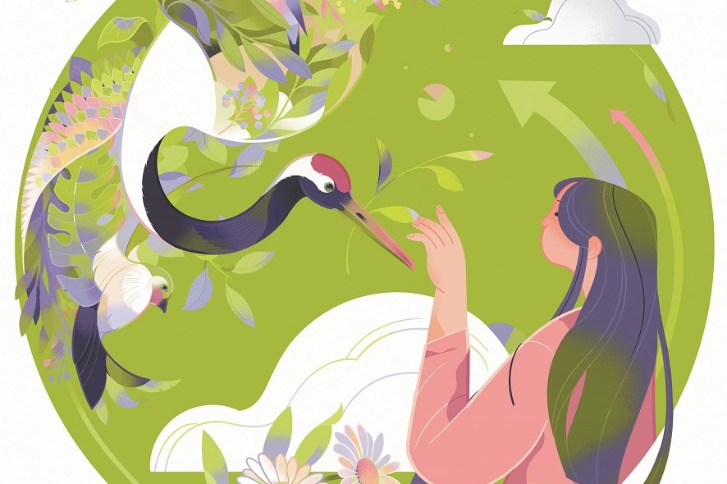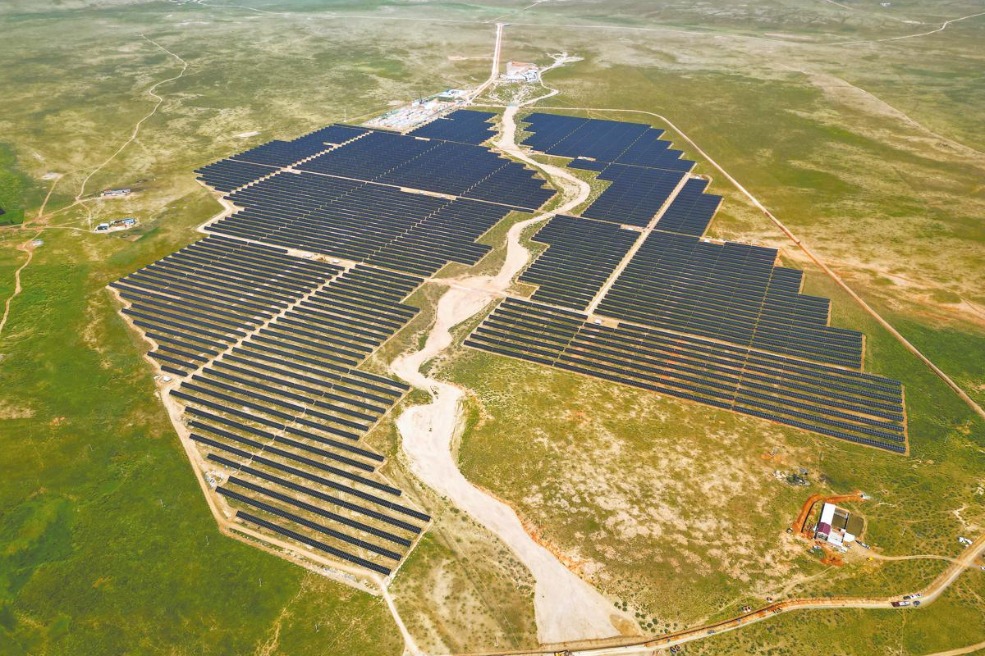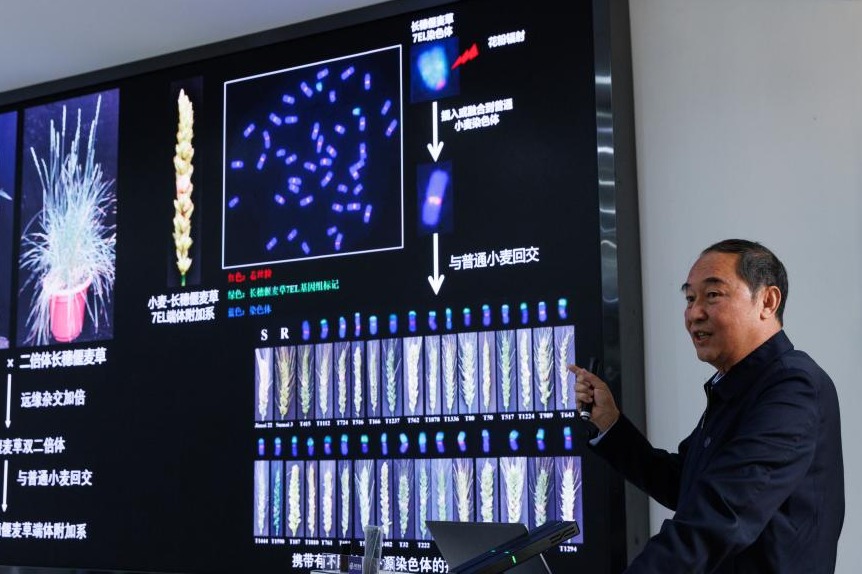PASTURES for POSTERITY
Time-honored grassland nomadic system brings together tradition and innovation for sustainable success, report Alexis Hooi and Yuan Hui in Chifeng, Inner Mongolia.

Ethnic Mongolian herder Erdenetsugla rode his horse alongside his flock of 300 sheep and 80 cattle, looking across the lush grasslands to the mist-covered mountains on the horizon.
"This place has been our summer home for as long as I can remember," says Erdenetsugla, 41.
"The pristine environment, with its abundant grazing grounds and clear streams, nourishes our livestock and provides for our families," he says. "We in turn must take care of it for future generations."
Erdenetsugla's view is shared by many fellow herders in Ar Horqin Banner, Chifeng of North China's Inner Mongolia autonomous region, where time-honored nomadic practices stretching back to the Neolithic period allow the community to live in harmony with nature.
Lauded as a global green model of success, Ar Horqin is now bringing together tradition and innovation to ride the latest trends in sustainable development, online and on the ground.
Nature's way
In May 2022, the Food and Agriculture Organization of the United Nations inscribed the Ar Horqin grassland nomadic system on the Globally Important Agricultural Heritage Systems list, as one of "a living, evolving system of human communities in an intricate relationship with their territory, cultural or agricultural landscape or biophysical and wider social environment".
Since 2005, the FAO has designated at least 78 systems in 24 countries as agricultural heritage sites.
By the end of last year, China ranked first in the world in the number of the heritage systems, with Ar Horqin part of the country's total of 19 entries.
According to the FAO, the traditional nomadic production and lifestyle of Mongolians in Ar Horqin have been "well preserved here in an original way" — central to the area's sustainable success is how its nomads regularly move to different grazing spots between the seasons, alternately allowing the vegetation, soil and other limited resources to revive and thrive.
Every year in mid-June, many of the ethnic herders in the heritage site, which is home to about 15,000 people, move with their livestock to summer grazing grounds in the north, in a journey of up to three days covering 100 kilometers along three major waterways near the Greater Khingan Mountains.
The annual drive is staggered into groups of three to eight households at any one time, each with about 1,000 sheep and 300 cattle, to minimize impact on the environment, says Zhou Wenlong, deputy director of the Ar Horqin agricultural cultural heritage protection center.
In the summer area spread across more than 173,000 hectares, herders set up traditional Mongolian yurts and take care not to overgraze their animals on the shared grasslands.
"There are no fenced plots, which means the herders enjoy a natural setting that supports the interdependent biodiversity of the area," Zhou says.
When the weather gets cold, Ar Horqin's herders drive their livestock down south back to their wintering grounds covering 160,000 hectares.
"It's a crucial cycle reflecting the wisdom of their predecessors, who realized the importance of achieving a fine balance between human development and the environment," Zhou says.
In July last year, President Xi Jinping sent a congratulatory letter to the World Conference on Globally Important Agricultural Heritage Systems, emphasizing that it is the common responsibility of humankind to protect agricultural heritage.
China has actively responded to the program initiated by the FAO and the country has been protecting and inheriting agricultural heritage, Xi highlighted.
Ar Horqin's grassland nomadic system is based on traditional knowledge and accumulated generations of experience, with Mongolian herders developing a healthy ecosystem and the special natural environment also giving birth to a distinct culture, according to the FAO.
For master craftsman Sainduuren, 58, the wooden ox carts he creates help maintain Mongolians' links with the land.
"My carts are an extension of the agricultural-cultural heritage here, nurtured by the grasslands," says Sainduuren, who is a national-level inheritor of intangible cultural heritage involving the ox carts, also known as "lele" carts.
Ar Horqin's heritage listing allows knowledge of the carts, like other ethnic Mongolian customs and practices, ranging from dairy food and meat production to folk festivals and yurt dwellings, to be preserved and passed down, he says.
Moving forward
Ar Horqin residents like Tsetsenbileg are leveraging its green achievements to take it to the next stages of development, tapping digital platforms, technology and other new fields.
The deputy head of Manitu village is also a livestreamer promoting local meat and dairy products, with his programs attracting up to 3 million views.
"I've helped the herders sell about 5,000 yuan ($697) of mutton in less than 10 days," says Tsetsenbileg, 36.
"We have government-supported training sessions to help us use the digital channels, so that we can share the bounty of our beautiful environment with more people," he says.
At the Talinhua company, named after one of the summer grazing spots, Ar Horqin meat is packaged as high-end products targeting urban consumers.
"Our customers in large cities like Beijing, Shanghai and Guangzhou place a premium on quality," its general manager, Zhang Guangwen, says.
"Those strict standards are met by our cattle and sheep, which are bred in an unspoiled and unpolluted place. We deliver the inimitable gems of the grasslands here to other parts of the country," he says.
The model agricultural system in Ar Horqin also includes a "farming-pasturing interlaced area" where a wide variety of crops such as millet, oats and alfalfa are grown, according to the local government.
Latest efforts building on the rich biodiversity of the area include a major push to cultivate forage crops like alfalfa, which has reaped impressive rewards.
Su Shengkun, director of the management committee of the Ar Horqin grass industry demonstration zone, says high-quality forage farming now covers more than 73,000 hectares, attracting at least 29 major enterprises involved in related businesses to the area.
"We're raking in 650,000 metric tons of annual output in commercial forage grass at an output value of 1.2 billion yuan, becoming a hub of the sector," Su says, adding that local residents are benefiting from the green investments, with annual per capita income increases of up to 40,000 yuan for workers in the industry.
"The forage crops also help increase plant coverage and protect the land against any environmental threats like desertification," he says.
"The inroads we've made in the field are a natural extension of Ar Horqin's green priorities and advantages, felt here and beyond," Su says.
According to local authorities, Ar Horqin will bring together its pillar forage crop and livestock industries to tap opportunities from the Belt and Road Initiative, positioning its nomadic products for global markets, with related cooperation agreements already reached with the United Arab Emirates covering the planting and processing of crops, animal husbandry and high-tech transportation facilities.
Zhang Haijun, deputy general manager of forage producer Green Pasture, says government support and incentives help complement the development of a sector perfectly suited to the area.
The company, using modern drying and packing technology, can churn out 50,000 tons of forage feed pellets a year from alfalfa, oats and other choice crops grown in the area, he says.
"The environment here is integral to our development, for enterprises and the residents alike," Zhang says. "All of us have an important stake in protecting it."

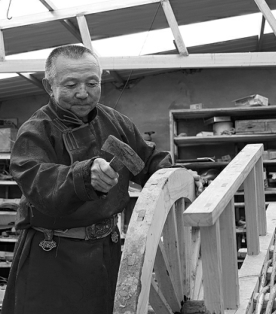

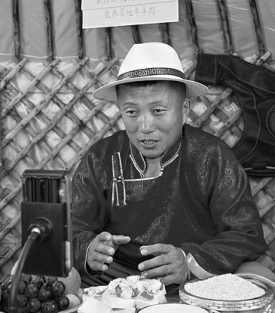
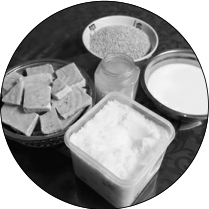
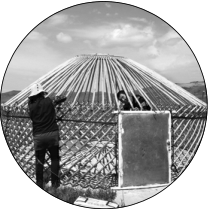
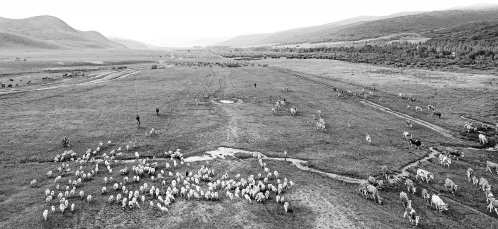
Today's Top News
- Five continents, five rhythms in 2025
- Lawmakers review draft law to expand childcare services
- China's new-style tea brands find a hot new market in US
- Xi extends congratulations to Chilean president-elect
- Japan urged to stop provocative moves
- Shanxi ends province-wide blanket fireworks ban


















